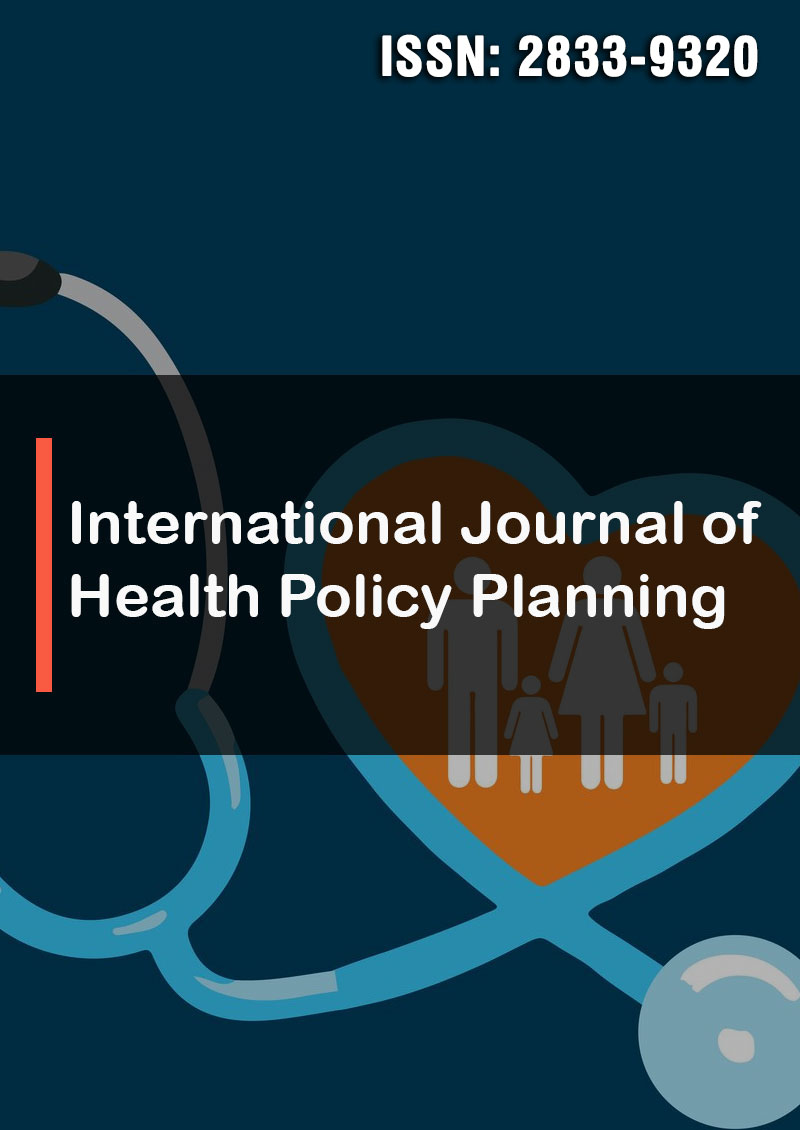Clinical Utility of Mono-Biomarker based Malaria Rapid Diagnostic Test Kits at a Military Medical Centre in Ghana: A Prospective Pilot Study
Abstract
Abdul-Wahab Mawuko Hamid, Raymond Yovelanyine Suonyir, Salomey Frimpomaa, Kwaku Agyeman-Duah, Kwapong Yaw Kissiedu, Evans Ewusie Cudjoe, Salifu Nanga, Precious Kwablah Kwadzokpui, Richard Vikpebah Duneeh, Ahmed Tijani Bawah, Kenneth Owusu Agyemang, Samuel Akoliga, Israel Tordzro Agudze, Rosemary Dormenyo Amenuvor, Verner Ndudiri Orish, Emmanuel Senyo Kasu, Eric Kwasi Ofori and Seth Owusu-Agyei
Introduction: The proliferation of non-falciparum species of plasmodium into a predominant falciparum population compromises the utility of monobiomarker-based Malaria Rapid Diagnostic Test (mRDT). This study evaluated the clinical utility of a monobiomarker-based Carestart and Paracheck mRDTs, which were in routine use at a Military Medical Centre in Ghana at the time of the study.
Methods: The study was designed to assess the validity of candidate mRDTs among population risk of exposure to non- falciparum species of plasmodium in Ghana. Blood samples collected from a consecutive series of 207 febrile patients in the months of June and July 2020, were tested for malaria parasites, using the mRDTs and microscopy as the gold standard. Prevalence, validity, and reliability metrics were determined using Frequentist, Receiver Operating Characteristics (ROC), and Kappa statistics, respectively.
Results: The prevalence was 23.2% and 12.3% using microscopy and candidate mRDT, respectively. Sensitivities and specificities were 53.2% and 98.1% (Carestart) 45.8% and 99.4% (Paracheck), respectively. Neither ROC analysis showed a significant disparity between mRDTs (Carestart: AUROC=0.75 vs Paracheck: AUROC=0.73), nor the reliability index showed disagreement between both mRDTs (Cronbach’s α = 0.92). However, there was significant disagreement between microscopy and mRDTs (Carestart: Kappa=0.58 vs Paracheck: Kappa=0.55).
Conclusion: The use of a monobiomaker mRDTs in this study led to a significant variation between the ‘internal’ and ‘ecological’ validity metrics. Averagely, 84% of mRDT false negatives were confirmed by microscopy as non-falciparum species of plasmodium. The observed trends have and research policy implications. It is therefore, critical to accelerate the implementation of WHO’s recommendation to switch from mono to multiple biomarker (s) based mRDTs for detecting both falciparum and non-falciparum species. Extended research is needed to consolidate our understanding on the dynamics of malaria among our military personnel exposed to non-falciparum plasmodium.




